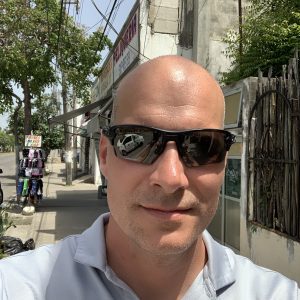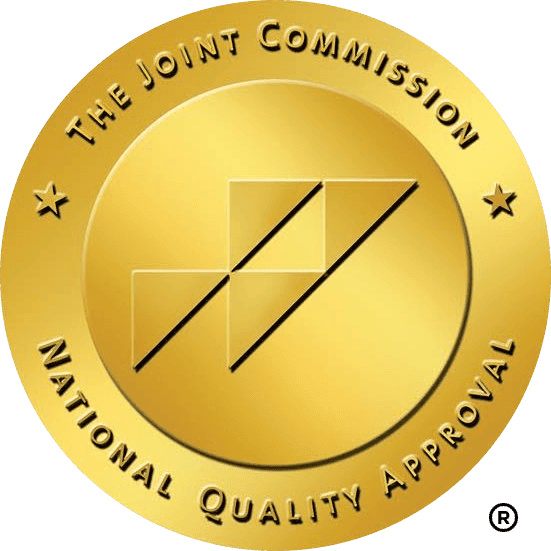This article discusses mental health issues including suicide. If you are having thoughts of suicide, call or text 988 to reach the Suicide and Crisis Lifeline or go to SpeakingOfSuicide.com/resources for a list of additional resources.
Mental health challenges are the leading cause of disability and poor life outcomes in young people in the United States. In recent years, we’ve seen significant increases in certain mental health disorders in youths, including depression, anxiety, and suicidal ideation. Many factors shape the mental health of young people, from individual to societal level forces.
THE KIDS ARE NOT ALRIGHT!
Nearly a third of US adolescents received mental health treatment last year, the Substance Abuse and Mental Health Services Administration (SAMHSA) reported in July—that’s about around 8.3 million young people between the ages of 12 and 17 getting counseling, medication, or another treatment. This marks a 7.8 percent increase from the 7.7 million adolescents who received mental health treatment the year prior, according to the 2022 report.
The results are among the findings included in SAMHSA’s National Survey on Drug Use and Health (NSDUH) for 2023. Mental health and addiction experts closely track the federal agency’s annual poll. It includes a broad range of questions asked Americans ages 12 and older living in the community, not in care facilities.
According to the SAMHSA data, the rate of adolescents who reported having a major depressive episode has mostly been unchanged since 2021, at 18.1 percent of those 12 to 17 years old, or 4.5 million children of which nearly one in five also had a substance use disorder.
Among adults aged 18 or older in 2023, five percent (or 12.8 million people) had serious thoughts of suicide, 1.4 percent (or 3.7 million people) made a suicide plan, and 1.5 million people attempted suicide in the past year.
The most common type of mental health treatment for teenagers was meeting with a provider in an outpatient setting, for example in the office of a therapist or a school counseling center. Among adolescents, the biggest increase from 2022 was in the number of young people getting medication for mental health treatment. SAMHSA estimates that 13.9 percent of those aged 12 to 17 received such a prescription in 2023. That is up from 12.8 percent the year before.
SIGNIFICANT SUBSTANCE MISUSE
The SAMHSA survey shows that many teenagers continue to misuse psychoactive substances in a maladaptive effort to cope with their mental health issues.
Among only users too young to legally use cannabis—which is illegal under the age of 21, even in states that have otherwise legalized it—SAMHSA found that underage use has slightly decreased to 18.4 percent. However, the decline was statistically insignificant, and the agency cautioned that it remained above the 17.9 percent registered in 2021.
Although alcohol use has generally been declining, rates of alcohol use disorder remain high in young adults ages 18 to 25. More than 15 percent of young adults met the criteria for alcohol use disorder (AUD). According to the American Psychiatric Association, an estimated three percent of youth aged 12 to 17 had AUD in the past year. While traditional cigarette smoking continues to decline, nicotine vaping has increased.
A somewhat positive indicator emerging from the latest NSDUH is that more adolescents are seeking treatment for their mental health conditions. Frequently, they need more than just medications, though.
Turning Winds offers a multidisciplinary approach with a full continuum of care for teens with mental health needs. Our clients achieve success by learning how to correctly perceive and purposefully engage with the world around them. “The simple, singular focus of our treatment program is to help each student improve their self-image and their self-confidence and change the behaviors that have been hindering their growth by teaching them to create stable patterns of living through education, process groups, and individualized treatment planning,” says CEO Owen Baisden.
The hybrid model at Turning Winds utilizes the best elements of care from wilderness therapy, therapeutic boarding schools, and inpatient treatment to create a one-of-a-kind residential treatment center to help kids with mental health and substance use issues.
The focus is on creating a stable pattern of living through education, process groups, and individualized treatment planning and review. If your teen is struggling with mental health or substance use issues, contact us online for more information, or call us at 800-845-1380.









